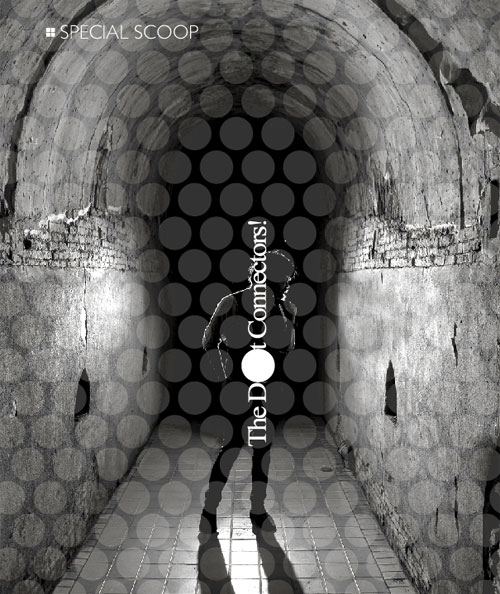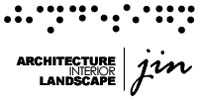
It’s our Jin of the month again.
Last month we talked about how Jin Design follows the philosopher Abraham Maslow’s theory on the hierarchy of needs. Basically we need to figure out what our clients’ priorities are. Once we have established the hierarchy of their needs, then we can design their homes or offices which best suit their requirements.
This month we want to discuss Steve Job’s belief in connecting the dots. Everything in life _ fact, event, experience _ is like a dot. How we connect these dots define us. The same thing goes with Jin Design’s way of thinking. When we design, each element, each fact, is a dot, we use these dots to create a client profile and it is up to us to figure out the best way of connecting them.
We don’t want to put our words or thoughts into our clients’ heads…we simply have learnt to interpret their needs in the best way possible. It is not the job of the architect to impose his own desires on design, but it his job to realize the desires of the client.
In a human life there are four basic, though major, dots: gin (eat), khee (shit), pee (sex) and non (sleep). An architect’s job is to get as many dots as possible down, to ask clients questions, to wheedle out information and to intuit expectations. We put these dots onto a paper, and we connect them. The final picture is therefore a collaboration between the architect and his client…clients’ dots, our lines. Ten architects would draw the lines differently, some would have curves, some straight…the more dots (information) we receive, the better understanding we have of how to connect them.
People who go home at 5 p.m. ( ) will get to enjoy the twilight and green spaces of their home. Knowing this, the architect can really squeeze the most out of his architectural designs while being aware that lighting is something the home owner can switch on leisurely and at will. Home owners who come home at 10 p.m. ( ), on the other hand, need to return home to a beautifully lit house _ after all, what kind of welcoming is it, if they have to stumble around in the dark? An automatic timer switch should suffice and the lighting should definitely enhance the architecture.
Like a mango which is delicious when it is raw as well as when it is ripe, both are very different, we just need to figure out which is to our clients’ particular taste. Architecture is like gauging the clients’ ripeness requirements. If you go home late and wake up late then your bedroom should not face east, you certainly don’t need morning light. So, the house becomes like a circle, which we must rotate according to the daily schedules and habits of our client. It is the same circle, we just have to make sure it begins and ends at the right place.
Some grown men want a sexy minimalist stylish living area to impress their friends ( ), but secretly they want pink rabbits or red bananas on their bedroom walls ( ) and fluorescent hearts that light up on their bedroom ceiling ( ). There is nothing embarrassing about this at all, in fact, it is an honesty which should be admired and encouraged. These are tangible needs which will have to be interpreted into an intangible concept before turning back into a tangible result.
Once again, it is about interpretation…
There is nothing to be ashamed of in your desires, you start with the first dot and we will draw the rest.
Being in complete agreement with Steve Job, we really do see the importance of the perfect connection of dots…while understanding that such perfection is only attained when matched to the individual. In this case, our client.
No one else can tell us how to connect the dots but you. Your dots…we connect…your perfect lines…
We are the Dot Connectors!
